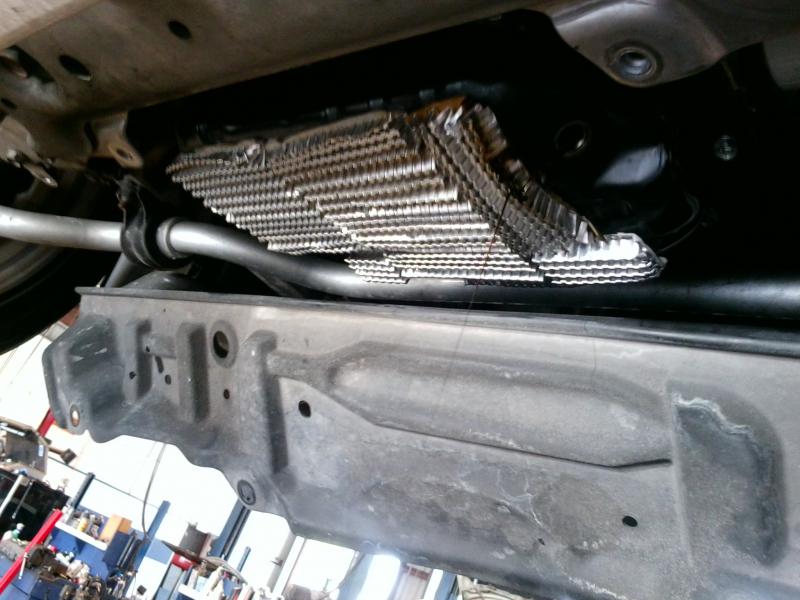Quote:
Originally Posted by Infidel

Back in the day I thought aluminum heads were the $%*# but if they aren't at optimum temp the fuel won't burn like it should. Thank God (my heads) they were a great design and are worth a ton of money to this day.
|
True -- even in air and fuel, too cold isn't ideal (although the distribution of ideals temps skews towards the cold side of things, especially in forced induction situations where tons of extra heat are introduced into the equation).
I just try and offer my 2 cents on the oil because I am fairly certain not everyone springing for a cooler realizes that ideal oil and water temps turn out to be close in magnitude, as another poster had sagely noted. Seems like a lotta guys spring for big air coolers and then rarely see optimal oil temps, which winds up being counter productive, especially considering modern synthetic oils are engineered to function well even at hotter temps.
There's a good chapter on this topic in the Bell text on forced induction and tuning, BTW.
Quote:
Originally Posted by KERMIT

So in summary, the theory is sound. A cheap and reliable way to reduce oil temperatures. The question is how much heat rejection it can enable by dropping the coolant temp from engine coolant temp to near ambient temp.
Concerns are about too much or too little heat rejection. Which can be handled by a simple controller of the auxiliary pump.
If the heat rejection rate is raised significantly, it could be used on a track car..
|
Oh yeah -- arguably a closed loop system, independently regulated but approximately in line with water temps, would be ideal, I just don't know of anyone running one. It would be an interesting project to be sure.
You'd need something like a nice Johnson water pump, a dedicated heat exchanger core (single pass is probably more than enough) and a thermostat. Not sure how much the optimal oiling would offset the weight gain from the extra parts, but an interesting project to take on.
From a purely pragmatic standpoint (and trusting in Nissan's R&D), probably so long as you are below 260*ish F you are fine in terms of safe oiling under high load, although closer to 200* F +/- 20* F is probably about ideal, especially given the sheering resistance of most modern synthetic oils. Even at 260* F or higher, catastrophic engine failure is unlikely, although you may start losing power much over 200* F (and I know that, anecdotally, at least, that the ECU pulls a bit of timing over that).
I took the easy route, and added a bunch of ARC "cool fins" to the exterior of my oil pan; adding some extra metal is a quick and dirty solution to this problem, at least for road cars. I never see temps over about 205* in normal FL summer driving, and very rarely over 215* beating on it in the 90*+ heat.
Behold:

I also have two stuck on my diff cover

That's still not a "track ready" setup, methinks, but a surprisingly good and inexpensive solution for a DD.
Successfully implemented on the two Z34's I've owned, so probably not a fluke.